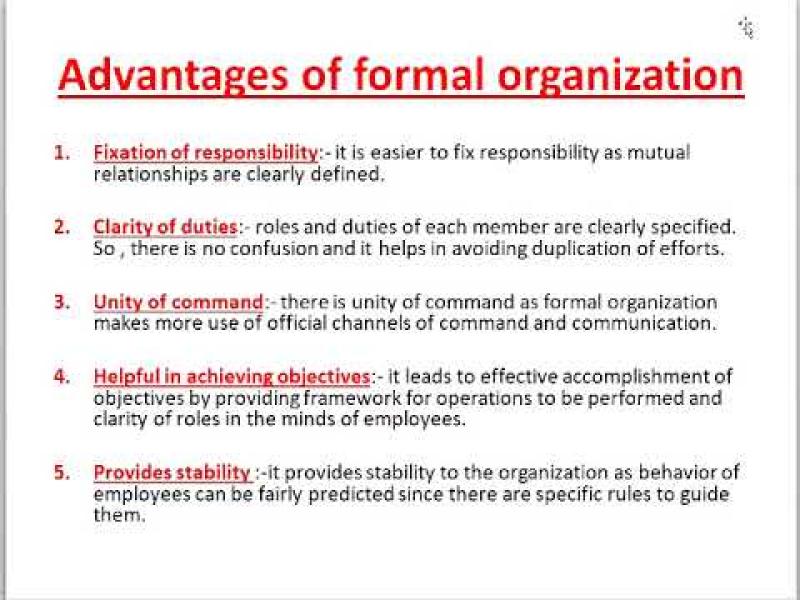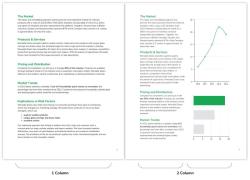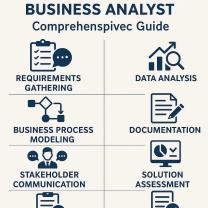What are the disadvantages of formal strategic planning?
While formal strategic planning is a widely used approach for organizations to set goals and guide decision-making, it has its disadvantages and challenges. Recognizing these drawbacks is important for organizations to make informed decisions about their strategic planning processes. Here are some common disadvantages of formal strategic planning:
Time-Consuming Process:
- Disadvantage: Formal strategic planning can be a lengthy process, involving data collection, analysis, and multiple rounds of discussions and approvals.
- Impact: The time-intensive nature of formal planning may lead to delays in decision-making and implementation.
Rigidity and Lack of Flexibility:
- Disadvantage: Formal strategic plans may become rigid and less adaptable to changing circumstances, especially when they cover long time horizons.
- Impact: In dynamic environments, organizations may find it challenging to respond quickly to unforeseen opportunities or threats.
Resource Intensity:
- Disadvantage: The process of developing and implementing a formal strategic plan can require significant resources, including time, personnel, and financial investments.
- Impact: Resource-intensive planning may divert resources away from other critical operational needs, impacting day-to-day business activities.
Limited Employee Involvement:
- Disadvantage: Formal strategic planning is often concentrated at the top levels of an organization, limiting the involvement and engagement of employees at various levels.
- Impact: Lack of employee input can result in a lack of commitment and alignment, hindering successful plan implementation.
Overemphasis on Analysis:
- Disadvantage: A focus on extensive data collection and analysis may lead to "analysis paralysis," where organizations spend too much time gathering information without making timely decisions.
- Impact: In fast-paced environments, delays in decision-making can negatively affect the organization's competitiveness.
Resistance to Change:
- Disadvantage: Employees and stakeholders may resist changes outlined in the formal strategic plan, particularly if they feel excluded from the planning process.
- Impact: Resistance to change can impede the successful implementation of strategic initiatives.
Inhibits Innovation:
- Disadvantage: Formal planning processes may place more emphasis on past successes and established routines, potentially inhibiting innovative thinking.
- Impact: In rapidly evolving industries, a lack of innovation can hinder an organization's ability to stay competitive.
Focus on Short-Term Goals:
- Disadvantage: Strategic plans may sometimes prioritize short-term goals at the expense of long-term vision and sustainability.
- Impact: This focus on short-term gains may limit an organization's ability to achieve more comprehensive and enduring success.
Difficulty in Predicting the Future:
- Disadvantage: The future is inherently uncertain, and formal strategic plans are based on assumptions about the external environment that may not materialize.
- Impact: Organizations may find it challenging to navigate unexpected changes or disruptions.
Potential for Misalignment:
- Disadvantage: There may be a risk of misalignment between the formal strategic plan and the day-to-day activities of the organization.
- Impact: A lack of alignment can lead to confusion among employees and hinder the effective execution of the plan.
While formal strategic planning has its disadvantages, organizations can mitigate these challenges by incorporating elements of flexibility, fostering a culture of adaptability, and regularly revisiting and updating their strategic plans in response to changing circumstances. It's important to strike a balance between formal planning processes and the need for agility in today's dynamic business environment.
What drawbacks or limitations are associated with formal strategic planning?
Here are five common drawbacks or limitations associated with formal strategic planning:
Time-consuming and costly: Developing and implementing a formal strategic plan can be a time-consuming and costly process. It requires extensive research, analysis, and stakeholder involvement, which can strain organizational resources.
Limited flexibility and adaptability: Formal strategic plans can become rigid and inflexible, making it challenging to adapt to changing circumstances or new opportunities. Organizations may find themselves locked into a plan that no longer aligns with their current environment.
Overemphasis on planning over action: Formal strategic planning can lead to an overemphasis on planning and analysis, with less attention paid to implementation and action. Organizations may get stuck in a cycle of planning and revising, without taking concrete steps to achieve their goals.
Disconnect from day-to-day operations: Formal strategic plans can become disconnected from the day-to-day operations of the organization. The link between the plan and daily activities may not be clear, making it difficult to translate strategic objectives into actionable steps.
Lack of buy-in and ownership: Formal strategic plans can fail if there is inadequate communication and buy-in from stakeholders throughout the organization. If employees and managers don't understand and support the plan, it is unlikely to be successful.
To address these limitations, organizations should consider:
Agile planning approaches: Adopting agile planning methods can help organizations balance thorough planning with the need for flexibility and adaptability.
Action-oriented planning: Focus on creating a plan that translates into clear and actionable steps, ensuring that strategic objectives are directly linked to daily activities.
Effective communication and engagement: Communicate the strategic plan effectively to all stakeholders, involving them in the planning process and fostering ownership and buy-in.
Continuous monitoring and evaluation: Establish a system for monitoring progress, evaluating the effectiveness of the plan, and making adjustments as needed.
Regular review and revision: Schedule regular reviews of the strategic plan to ensure it remains relevant and aligned with the organization's current environment and priorities.











